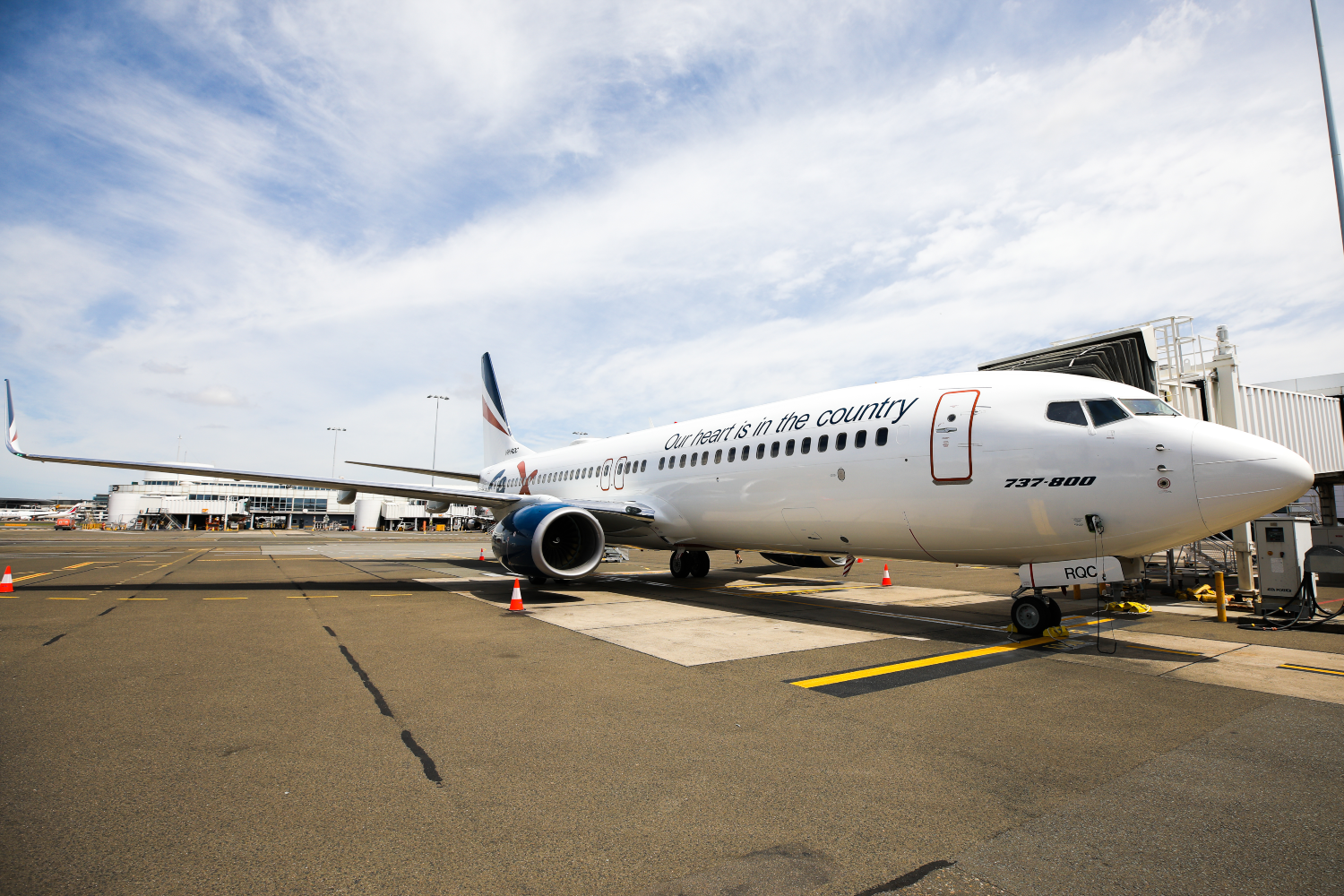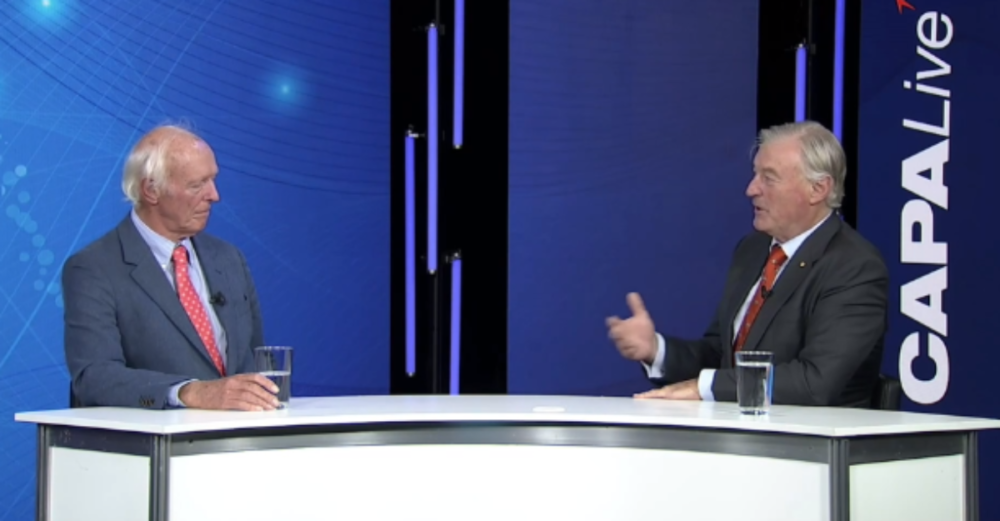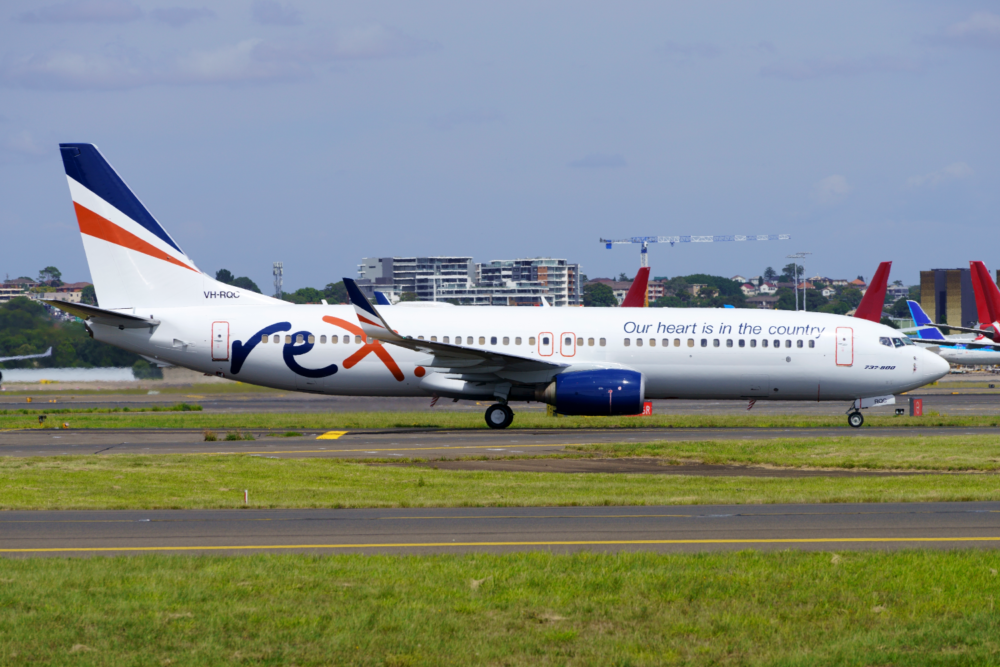Australia's Regional Express (Rex) will boost its Boeing 737-800 fleet over the coming months from six to ten planes. The airline only started flying jet services on selected Australian domestic routes in March. But already, the jet services are exceeding expectations, and the airline has secured more Boeings.
Rex's Boeing 737 services performing "surprisingly well"
Speaking at a CAPA Live event in Sydney on Wednesday, Rex's Deputy Chairman John Sharp spoke at length about how the airline's new Boeing services were performing.
"It's going surprisingly well," said Mr Sharp, admitting he had low expectations for the startup phase. "I thought we would eventually block build its way up to something respectable, but we are doing better than that.
"We're planning to bring another four 737s into our system over the next few months. We see the demand for that. We see the need for that because we see opportunities to develop more routes in our network. But we can't do that without those extra aircraft."
Rex's current six Boeing 737-800s are former leased Virgin Australia aircraft. The additional four Boeings will also be former Virgin Australia planes. Rex reportedly negotiated an excellent deal for its first tranche of Boeings. No doubt they'll wring as much value as they can out of the second round of Boeings coming into the fleet.
Melbourne-Adelaide the standout performer for Rex
John Sharp said the routes Rex was flying Boeing 737-800s on were generally performing well. The standout performer was the Melbourne-Adelaide-Melbourne route. Melbourne-Gold Coast-Melbourne was also performing well. The worst performing route was the all-important Sydney-Melbourne-Sydney run.
"I was talking to one of our pilots this morning," John Sharp said. "He says he's never done a flight between Melbourne and Adelaide, or back the other way without 160 passengers onboard the aircraft that takes 165 passengers. So it gives you an idea of the load factors that we're getting.
"The Sydney-Melbourne route is the one that doesn't give us the same average load factors that we would like.
"Some flights (on the Sydney-Melbourne route) are absolutely full, at the beginning and end of the week, but in the middle of the week, middle of the day, our flights were not so full."
Mr Sharp admitted to some sore-looking passenger figures bandied about by rival Qantas. That airline says some of Rex's Boeing flights carried as few as 20 passengers. But John Sharp also points out quite a few Qantas domestic 737 services are equally lightly loaded.
"It's not unique," he says, "but it's not what we want."
Rex eyes new routes and new destinations for Boeing 737 services
Rex's Deputy Chairman is generally pleased with how the airline's new Boeing services are going. Rex is busy drumming up business on the weakest link, the Sydney-Melbourne-Sydney route, by offering a swag of AU$39 one-way fares.
John Sharp hasn't ruled out putting Boeings onto some routes Rex now operates with its workhorse Saab 340 turboprops. He cites the Sydney-Canberra-Sydney and Sydney-Coffs-Harbour-Sydney routes as examples of routes that can support the bigger jets. Competitor Qantas already operates Boeing 737-800s on some of their flights on these routes.
But for most regional routes, Mr Sharp points to the virtues of the 34 seat Saab 340s. They allow for frequencies, and according to the Deputy Chairman, that's what customers in the smaller towns and cities want. They'd prefer three Saab 340 return services a day to Sydney rather than one Boeing 737-800 service.
However, with more Boeing 737-800s about to come into the fleet, Rex is clearly in expansion mode and eyeing new destinations. Where those destinations are, John Sharp didn't say.



